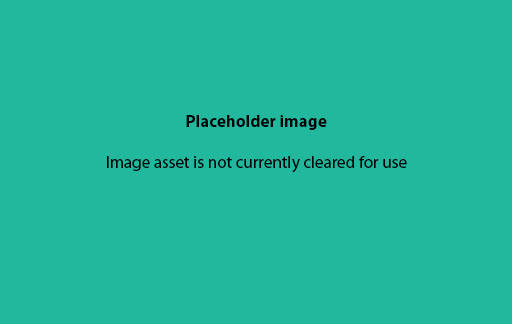3 What is Microplastics?
While the visible impact of plastic pollution is alarming—littering beaches, clogging rivers, and harming wildlife—an even more insidious threat lies in what we cannot easily see: microplastics. Over time, larger plastic items break down into tiny particles through exposure to sunlight, water, and mechanical forces. These microplastics, defined as fragments smaller than 5 millimeters, are now pervasive in the environment, from the depths of the oceans to the air we breathe. Understanding microplastics is critical because they not only accumulate in ecosystems but also enter the food chain, posing risks to both wildlife and human health

Microplastics are tiny plastic particles, less than 5 millimeters in size [https://www.britannica.com/technology/microplastic].
The term "microplastics" was first introduced by Professor Richard Thompson in 2004 to describe these small plastic fragments found in marine environments [https://www.science.org/doi/10.1126/science.1094559]. Since then, the definition has been widely adopted in scientific literature and environmental studies.
It's important to note that while the general definition sets the upper size limit at 5 millimeters, there is ongoing research and discussion about the lower size limits and the classification of even smaller particles, known as nanoplastics. However, the <5 mm definition remains the most commonly used in current studies and discussions.
Activity 3 - What are the sources of Microplastics?
We would try to clear the asset here to embed it on OpenLearn so we aren't sending learners off the site.
Objective: students will listen to an interview with a researcher to learn about sources of microplastics
Go to resource: https://petermbach.com/ index.php/ podcast/ 034-denise-mitrano/ . You can start listening at 18 minutes. You can listen to where microplastics come from to our environment. Reflect what sources of microplastics you see around you.
Microplastics don’t just appear out of nowhere; they’re created in two main ways:
- Primary Microplastics: These are intentionally manufactured small plastics that enter the environment directly. They account for 15-31% of all microplastics in the oceans. Major sources include:
- Microbeads in Personal Care Products: Found in exfoliating scrubs, toothpaste, and face washes. Often too small to be filtered out by wastewater treatment plants. Banned in several countries (e.g., U.S., UK) but still an issue globally.
- Synthetic Microfibers from Textiles: Shed from clothes made of polyester, nylon, acrylic, etc., during washing. Each wash can release up to 700,000 fibers, which enter wastewater systems. A major contributor to microplastic pollution in water bodies.
- Industrial Uses: Plastic pellets (also called nurdles) used as raw materials in plastic production. Accidentally spilled during transport or handling, they end up in the environment.
- Car Tires: As tires wear down, they release tiny particles of synthetic rubber (a type of plastic). Washed off roads by rain, these particles flow into rivers and oceans.
2. Secondary Microplastics These result from the breakdown of larger plastic items into smaller fragments over time. They account for 68-81% of microplastics in the environment. Key sources include:
- Plastic Waste in the Environment: Littered plastic bags, bottles, and packaging materials break down due to sunlight (photodegradation), waves, and weathering. Common in oceans, beaches, and landfills.
- Fishing Gear: Lost or discarded fishing nets, lines, and ropes degrade into microplastics. Known as "ghost gear," it’s a significant source of marine plastic pollution.
- Paint Particles: From buildings, road markings, and marine vessels. Weathering causes these paints, which often contain plastics, to release tiny fragments.
- Construction Materials: Materials like insulation, sealants, and plastic composites degrade and release microplastics into the environment.
Emerging Sources of Microplastics Recent research has identified additional, less obvious sources:
- Cigarette Filters: Filters made from cellulose acetate release microplastics when discarded.
- Tea Bags: Some plastic-based tea bags release billions of microplastic particles into the tea when steeped in hot water.
- 3D Printing Materials: Small fragments from 3D printers can contribute to plastic pollution.
- Cosmetics & Glitter: Glitter, often made of plastic, is an overlooked source of microplastic pollution.
Ideally this would also be expanded and into a sub-section
Case study
Microplastics enter the environment through several pathways:
- Runoff: From roads and urban areas into rivers and oceans.
- Wastewater: Effluent from washing machines, personal care products, and wastewater treatment plants.
- Wind: Carrying lightweight microplastic particles over long distances, even to remote areas like the Arctic.